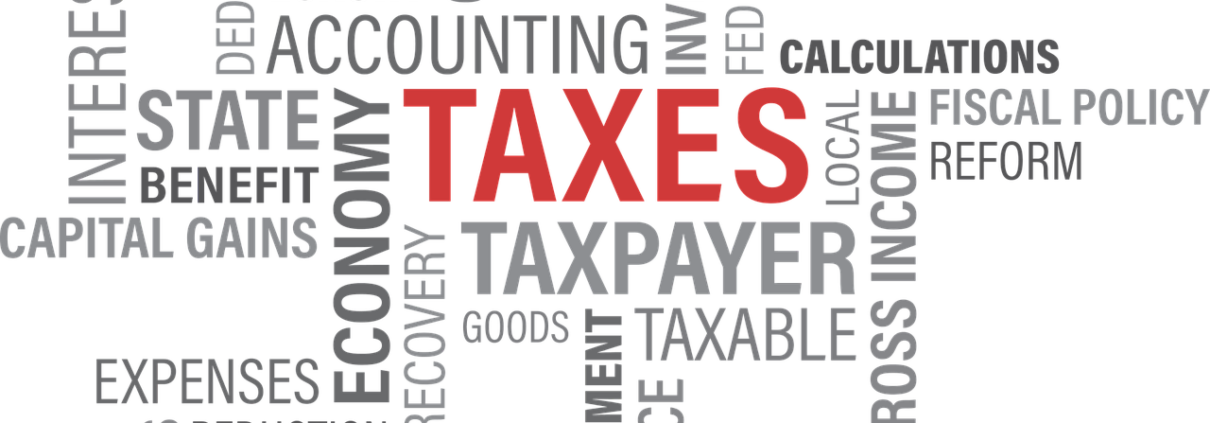If IRS Letter arrives in the mail?
The IRS mails millions of pieces of correspondence every year to taxpayers for a variety of reasons.
Below are some suggestions on how to best handle a letter or notice from the IRS:
- Do not panic. Simply responding will take care of most IRS letters and notices.
- Careful reading is essential.
- A notice may likely be about changes to a taxpayers’ account, taxes owed or a payment request.
- If a notice indicates a changed or corrected tax return, review the information and compare it with your original return.
- There is usually no need to reply to a notice unless specifically instructed to do so, or to make a payment.
- Taxpayers must respond to a notice they do not agree with. Mail a letter explaining why there is a disagreement with the IRS. The address to mail the letter is on the contact stub at the bottom of the notice. Include information and documents for the IRS to consider and allow at least 30 days for a response.
- There is no need to call the IRS or make an appointment at a taxpayer assistance center for most notices. If a call seems necessary, use the phone number in the upper right-hand corner of the notice. Be sure to have a copy of the tax return and notice when calling.
- Always keep copies of any notices received with tax records.
Be alert for tax scams. The IRS sends letters and notices by mail. IRS does not contact people by email or social media to ask for personal or financial information. The IRS will not demand payment a certain way, such as prepaid debit or credit card. Taxpayers have several payment options for taxes owed.












